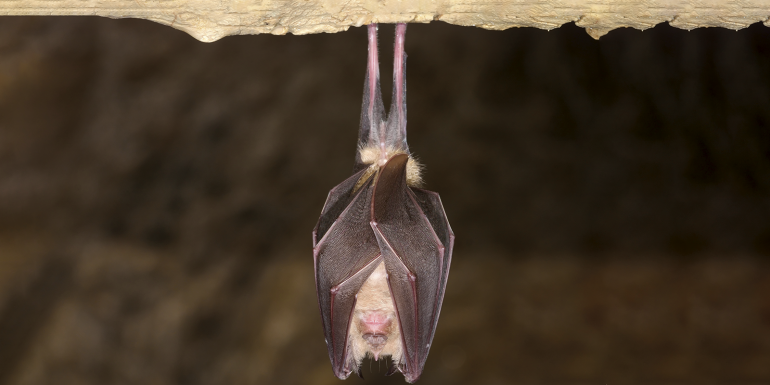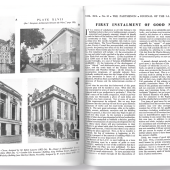Bat's the way to do it

Lessening the impact of the built environment is a big responsibility, one that Aggregate Industries takes seriously.
The greater and lesser horseshoe bats are two of the rarest species of bat found in the UK. There are longstanding records of them in the area around Westleigh Quarry in Devon, and it was clear that there would need to be efforts to rehome them before any work could be done on the site.
When Aggregate Industries first started planning a project to develop a new area of the quarry in 2005, it worked with Natural England to put in place a number of protection measures for the bats, including stand-off periods while the bats were active and hibernating.
In 2019, it built a new roost, designed specifically for the individual species to support the rehoming of bats from an existing site that was approved for demolition. Simon Wiltshire, Biodiversity and Restoration Advisor (South) at Aggregate Industries, said: “We designed and built [the roost], with approval from Natural England, to enable the necessary demolition of an abandoned bungalow that was being used as a summer roost by numbers of lesser horseshoe bats.”
Lesser horseshoe bat droppings were first discovered in the compensatory roost in late summer 2019, just months after it was completed. By autumn 2020, just 18 months after the roost was built, large amounts of lesser horseshoe droppings were found, along with a greater horseshoe bat, apparently hibernating.
“Many artificial roosts for bats and other protected species are never used, or take many years to be found,” notes Wiltshire. “For this roost to be used so quickly by the target species and the other rare species of bat in the area is a great result for the bats, but it is also a fantastic demonstration of our responsibility to ecology in practice.”
Aggregate Industries worked closely with JG Ecological Surveys and Natural England throughout this project “to understand how we could adapt our plans and processes to ensure the bats were protected.
“We found evidence of cave roosts, which determined the extraction boundary for the quarry development. We put in place stand-off periods to ensure that there was no impact on bat populations in the caves. But perhaps the most pleasing aspect was the way in which the bats have taken to the new roost. It shows that with innovative design in the best location, this approach to ecology really can make a difference.”
For more, visit aggregate.com







